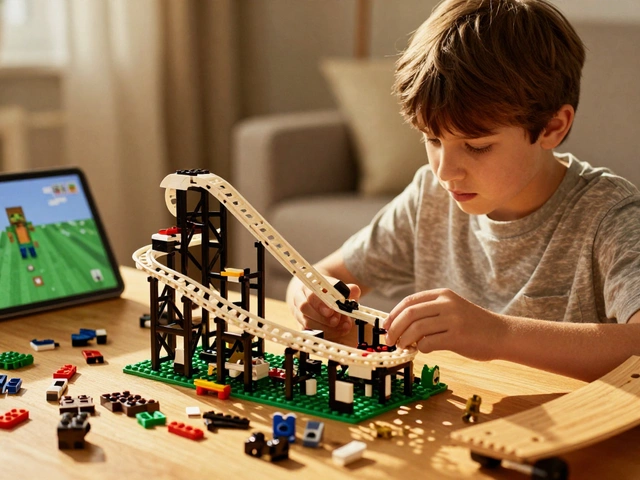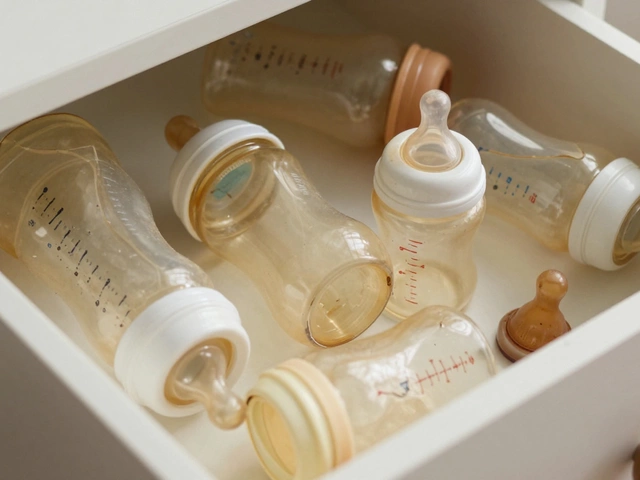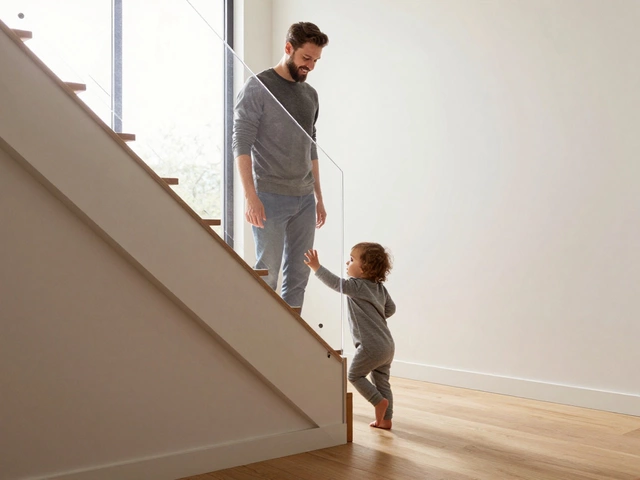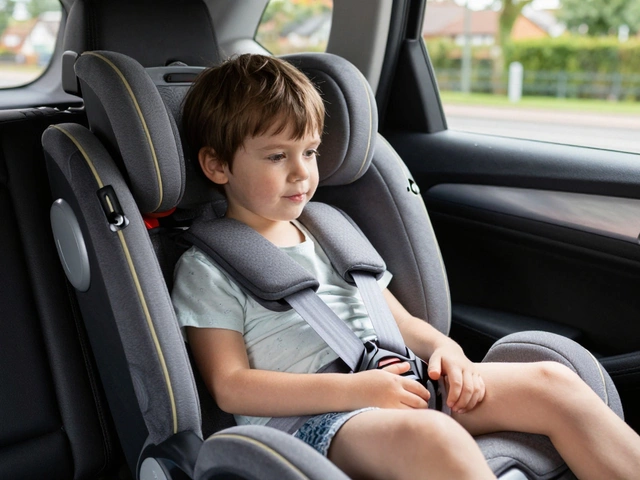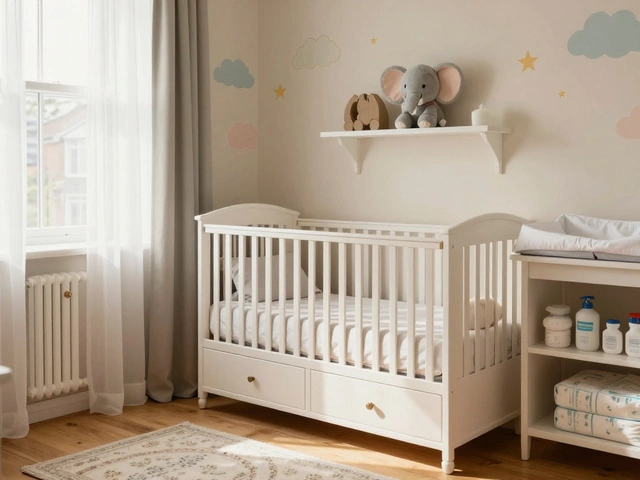Infant Sleep Safety: Essential Tips for Peaceful Nights
When working with infant sleep safety, the practice of setting up a secure, comfortable sleeping space for babies from newborn to one year. Also known as safe sleep for infants, it lowers the chance of sudden infant death syndrome (SIDS) and supports healthy growth.
One of the quickest ways to boost infant sleep safety is to use a baby monitor, a device that lets parents hear or see their child while they sleep. A monitor alerts you to movement, breathing changes, or a crying baby, helping you intervene before a problem escalates. Studies in the UK show that families who regularly use monitors report fewer nighttime worries and quicker responses to distress.
Key Elements of Infant Sleep Safety
The foundation of a safe sleep environment starts with the sleep surface. A crib, a small, enclosed bed with a firm mattress and no soft gaps meets the most critical standards: it prevents entrapment and eliminates the risk of a baby rolling into hazardous spaces. Pair the crib with a fitted sheet—no blankets, pillows, or plush toys—because loose items can cover the face and cause breathing issues.
Position matters, too. The American Academy of Pediatrics recommends placing babies on their backs for every sleep, which keeps the airway open and reduces SIDS risk. A firm mattress supports this posture, while a swaddle can keep newborns from startling themselves awake. A swaddle, a snug cloth wrap that limits arm movement but allows hips to move freely mimics the womb’s security, helping infants stay calm without rolling onto their stomachs.
Room conditions also shape safety. Aim for a temperature between 68‑72°F (20‑22°C) and keep the space well‑ventilated but free from direct drafts. Soft, steady white noise can mask sudden sounds that might startle a baby, but avoid loud speakers that could damage hearing. Light is another factor; a dim night‑light helps parents check on the child without fully waking them, yet it should be low‑intensity to prevent overstimulation.
Clothing choices impact breathability. Dress babies in a single layer of sleep‑appropriate wear—often a sleep sack—rather than piling on blankets. Sleep sacks act like a swaddle for older infants, providing warmth without the suffocation risk of loose blankets. Make sure any sleepwear is fitted and free of loose strings or Velcro that could entangle.
Consistency is the final piece of the puzzle. Establish a bedtime routine that signals sleep time, such as a warm bath, gentle massage, and a quiet story. Feeding before sleep should be done while the baby is still awake, so they learn to fall asleep independently. Checking the crib daily for loose parts, cracked slats, or worn mattresses keeps the environment safe over the long run.
All these factors—monitoring, crib design, sleep position, temperature, clothing, and routine—work together to create a holistic approach to infant sleep safety. Below you’ll find articles that dive deeper into each of these areas, offering product recommendations, step‑by‑step guides, and the latest research to help you protect your little one while they sleep.
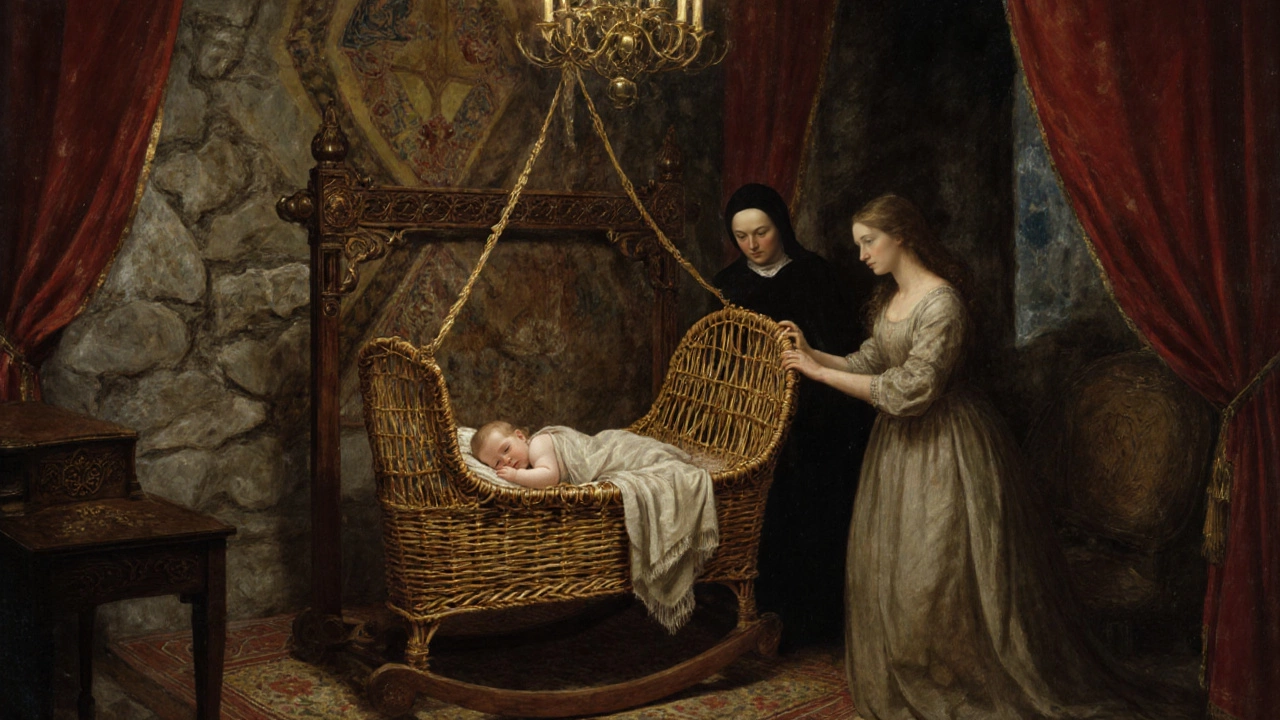
The Surprising History of Babies in Cribs: When Did It All Begin?
Explore the evolution of baby cribs from medieval cradles to modern safety‑tested designs, learn key milestones, and get tips for choosing a safe crib today.
view more
